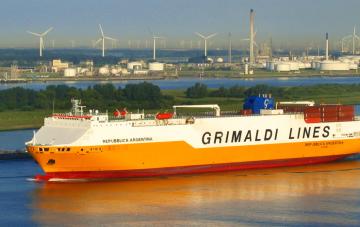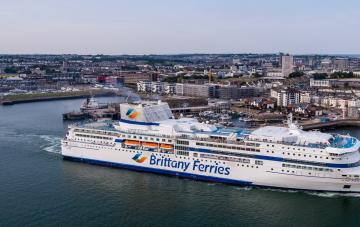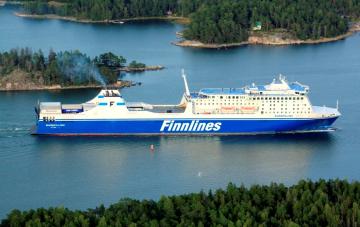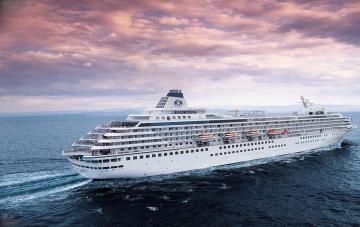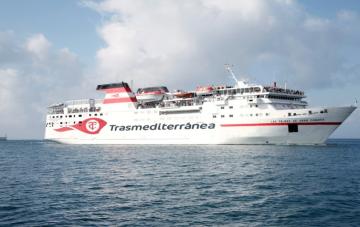船やクルーズは、多くの人々が毎年それらを訪問するように、非常に人気となっています。 したがって、旅行をより安全で快適にするために、政府レベルとエンジンレベルの両方で一定の規則と変更が導入されています。
技術やエンジンの発展に伴い、世界中の一般の人々が多くのことが可能になり、アクセスできるようになりました。 私たちは皆、技術の開発と私たちに提供されている新しい機会を楽しんでいますが、いくつかの非常に自然な質問は通常目を覚まします。 これらの質問は、物理学の法則に反して何かが作用しているのを見たときに主に発生します。
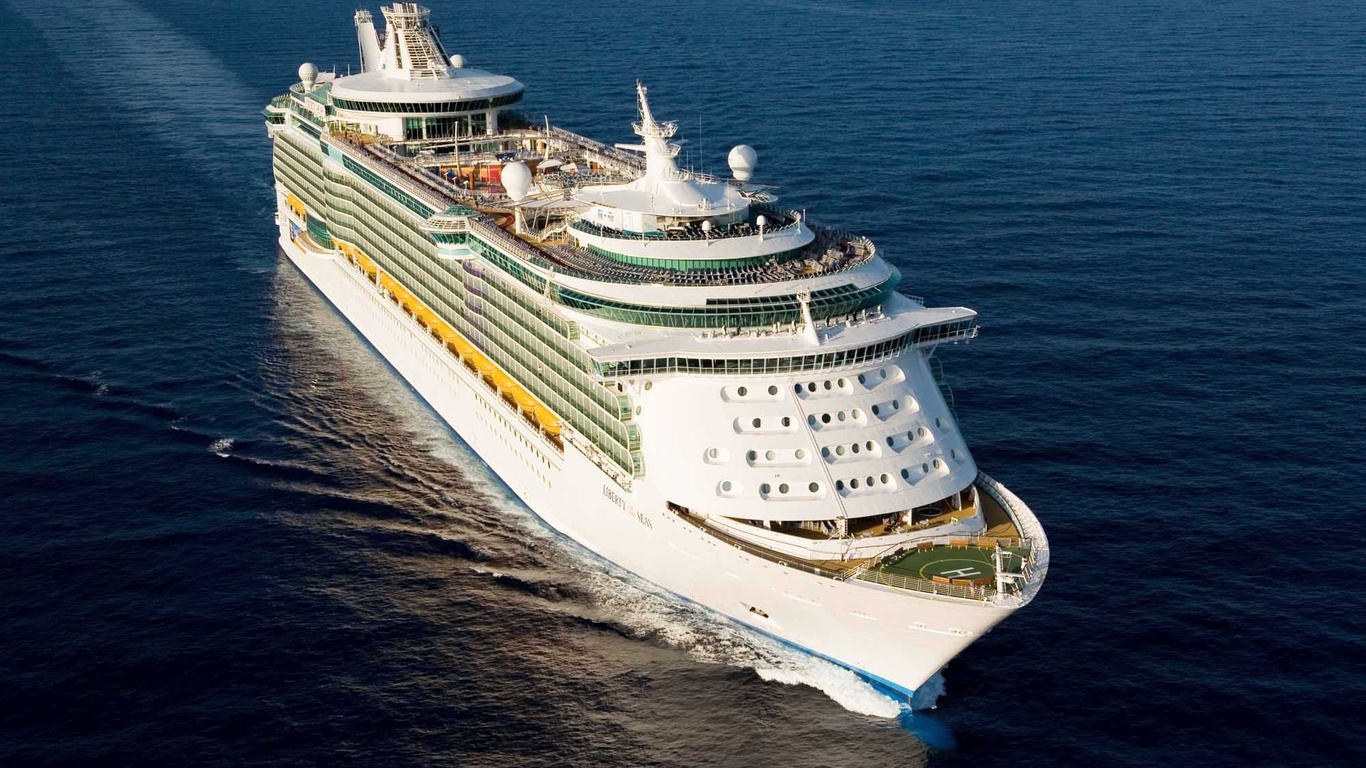
物理学の法則の純粋な違反は、空を高く飛んで、ボード上の何百人もの人々を運ぶ巨大な車です。 数世紀前、人々はそれを信じていなかっただろうし、空に飛んでいる物体の光景は、エンジンではなく形而上学的能力を証言していただろう。 巨大な船やクルーズでも同じことが起こります。
それは非常に簡単でなければなりません。 重い物を水の中に降ろすと、それは沈みます。 私たちは水の中にコインを入れて、それが沈む。 私たちが泳ぐ方法を知らずに水に飛び込むと、私たちも溺れるでしょう。 その一方で、数百メートルの長さと数千トンの重さの巨大な船やクルーズは、非常に長い間海上にとどまることができます。
クルーズ船の旅行は、特にここ数年で、非常に人気となっています。 これはもはや金持ちだけの職業ではありません。 普通の人々はまた、クルーズを買う余裕ができます。 統計によると、2500万人以上の人々が毎年クルーズをしています。 これはかなりの数であり、絶えず成長しています。
また、歴史の中で最も悲しい出来事の一つと最大の災害の一つは、最初の場所でクルーズ業界に大きな貢献をした巨大なパラドックスです。 私達はすべて世界の最も普及した巡航はさみ金、タイタニックをよく知られている。 物語を知らなければ、少なくとも映画を見たべきである。 タイタニックの歴史は、氷山の事故のために多くの人々が死亡したので、非常に悲しいと悲しいです。 しかし、最終的には、それは最も有名な歴史的出来事の一つとなり、クルーズ業界のさらなる発展を継続するための最大の動機の一つとなりました。
クルーズは巨大なことができます。 時には彼らは長さが数百メートルを超えることがあり、これは珍しいことではありません。 彼らは何百人もの人々、彼らの荷物、機器、テーブル、ベッド、シャワー、水、エンジンを輸送します。 一般に、巡洋艦の重量は数千トン以上になる可能性があります。 これは、あなたがそれを投げるとすぐにすぐに水の中に考えている小さなコインと比較すると、特に膨大な数です。
しかし、ここでは他の質問がありますが、老人がボトルにメッセージを入れて溺れていないのか疑問に思ったことがありますが、逆に海がボトルを運 それとも、バレーボールについて考えたことがありますか? それは非常に軽いですが、水に入っても決して沈むことはありません、それは浮かびます。 あなたは背中に横たわって水に浮かんでいる人について考えましたか? 物理学が一般的に水に適用されるのであれば、なぜそのような大きな例外がありますか?
ここには多くの謎はありませんが、空気があります。 空気はどの物体にも見られる最高の成分であり、他の物体をより簡単にし、特定の法律に反するものに移る機会を与えるのは空気です。 より正確には、私はエンジンとクルーズの全体の構造を説明しようとします。
船の大きさは、そのトン数に基づいて計算されます。 しかし、これは重量よりも体積の尺度です。 これは、トン数が容器の密閉された内部空間によって決定されることを意味する。 船のトン数は、それが示す水の量によって測定されます。

まず第一に、船全体のわずか10%が水の下にあることに注意する必要があります。 もちろん、エンジンである船全体の最も重い部分は、これらの10%の範囲内にあります。 水線の下の容積に対する一見不可能な高さの相対的なにもかかわらず、最も重い装置がデッキの下にあるので重心は低く保たれる。 廃棄物や燃料、飲料水を含むタンクもあります。 船体全体のバランスと安定性を維持するために、船の一方の端から他方の端に、左から右に汲み上げることができる水を含むバラストタンクがあり
今、すべての物理学が来る。 クルーズ船は、それ自身の質量に相当する量の水を置換します。 海の圧力は、船の質量の下向きの力に抵抗するために船の船体に押し込まれました。 空気とは違って、水は圧縮することができない従って結合された力は浮力を作成する。 この原理は2,300年前にアルキメデスによって初めて発見された。
クルーズ船が変位する水は波状になり、移動するにつれて洗浄されます。 浮力を作成するためには、円形にされたU字型外皮は好まれます。 いくつかの船は平らな底を持っています。 彼らはまた、非常に長い間海上にとどまることができますが、唯一の違いは、彼らが荒海で移動するのが不便であるということです。
クルーズ船の基本的な原則は海上に滞在することですが、全体のコアは、この原則に準拠するのに役立つはずです。 U形は石、sandbanks、具体的な桟橋および氷山のような抵抗の障害のために必要である。 内部には、自動防水ドアを備えたいくつかの別々の区画があり、ケースが完全に水で満たされるのを防ぎます。 タイタニック号では、これらの区画は十分な高さに達しておらず、水は一方から他方に溢れていた。
クルーズ船には他にも不快なケースがありました。 そのうちのいくつかはエンジンの誤動作によって引き起こされたものであり、他のものは誤った決定と船長の誤動作によって引き起こ そのようなケースの1つは、コスタ・コンコルディアです。 船の運命とボード上の33人は、岩に非常に近い航海する船長の決定によって決定されました。 現時点では、いくつかの区画が一度に墜落し、船長が船を回転させようとすると、それが傾いたという事実につながり、悲しい結果につながった。
防水コンパートメントのもう一つの非常に重要な目的は、ボード上の火災を防ぐことです。 現代の世界では、火の広がりがはるかに現実的に聞こえるので、氷山の恐怖は少なくなるはずです。
船やクルーズは非常に人気となっており、多くの人々が毎年それらを訪問していますが、旅行をより安全で快適にするために、政府レベルとエンジンレベル だから、あなたがボード上のステップ次回、あなたは船が考えていないし、浮かんで滞在する理由を知っている必要があります。 そして、あなたが私のように航海することを恐れているなら、災害や氷山との船の衝突の可能性は、今後5年間であなた自身のヨットを持つ確率よ
